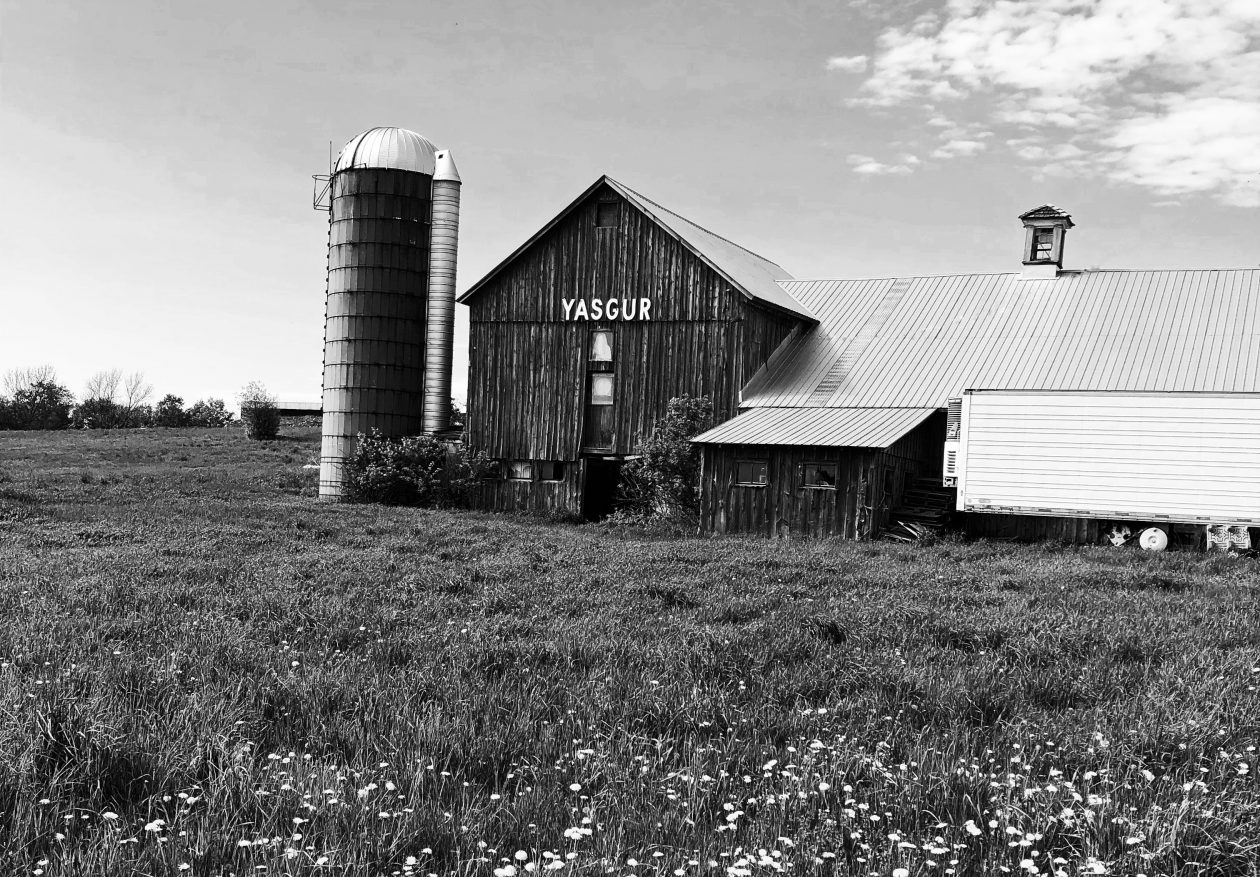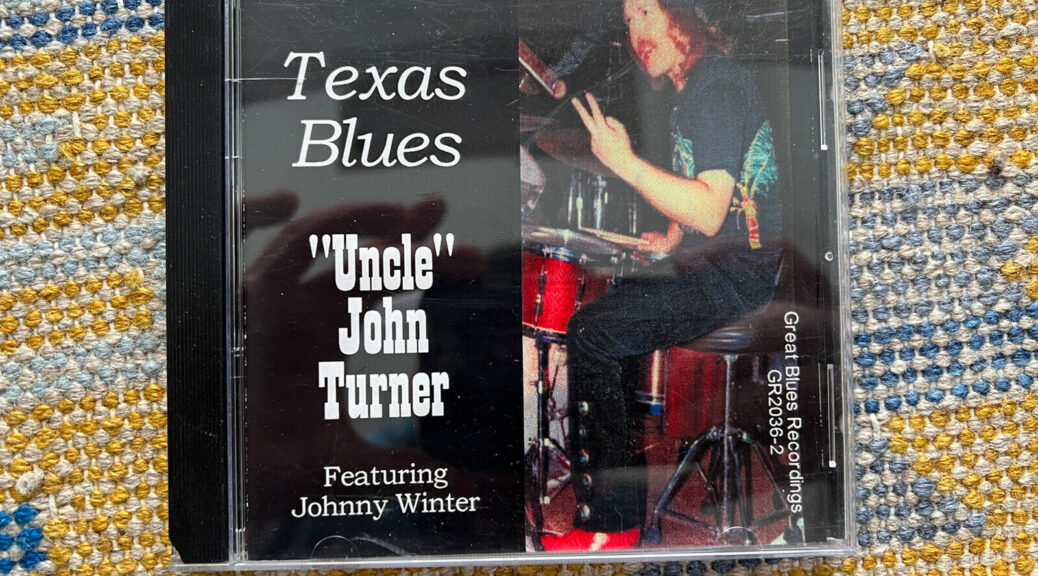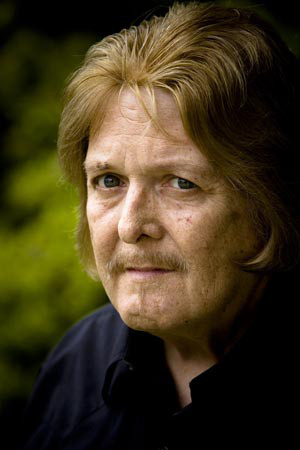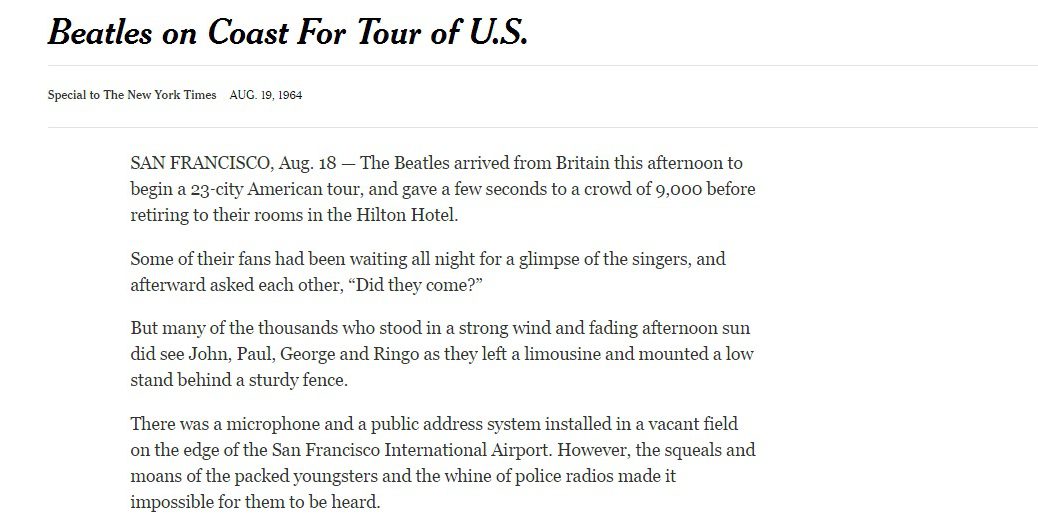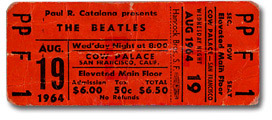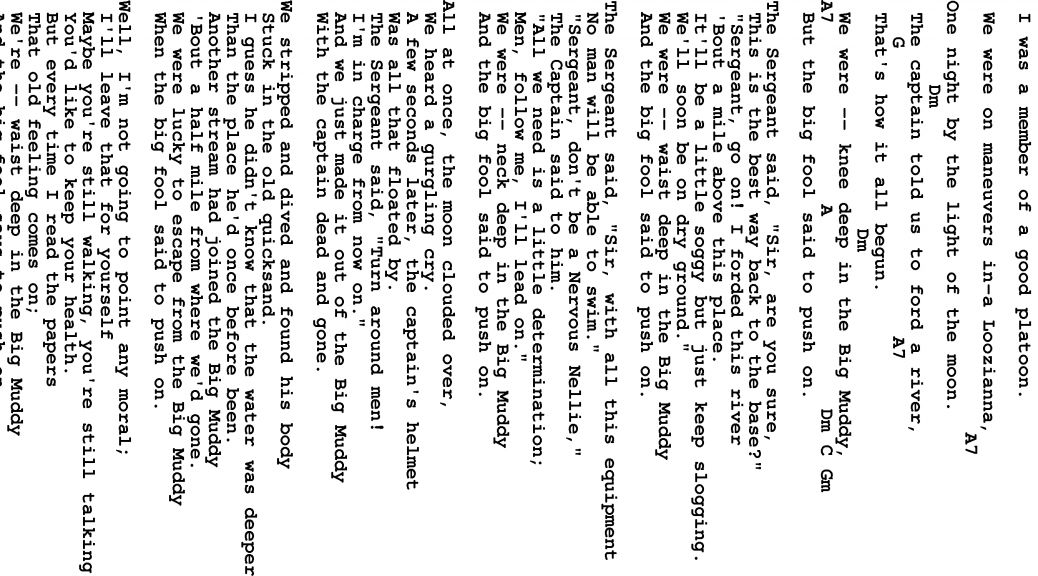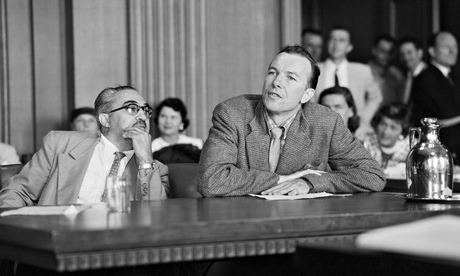Drummer Uncle John Turner
Woodstock alum
August 20, 1944 – July 26, 2007
from Winter & Turner, “Made in the Shade”
Drummer Uncle John Turner
Port Arthur, TX
Uncle John Turner was born in Port Arthur, Texas and grew up listening to Muddy Waters, Little Walter, Lazy Lester, and Jimmy Reed. He started his musical career on guitar in 1957, switched to bass, and then drums with the Nightlights
In 1960 the Nightlights and Johnny Winter shared a
bill and met.
Drummer Uncle John Turner
With Winter
They met again in Houston in 1968 when Turner replaced drummer Jimmy Gillan in Winter’s soul music band. Turner convinced Winter to follow his heart and play the blues. They added Tommy Shannon to play bass.
“Johnny wanted to play blues; he just had never been in a position to be able to,” Turner told Winter’s biographer. “We were the first guys that would go out on a limb with him and gamble for the future.”
The trio recorded “The Progressive Blues Experiment,” “Johnny Winter,” and “Second Winter.”
The summer of 1969 found them playing many festivals, including the most famous of all, the Woodstock Music and Art Fair. Johnny’s brother Edgar Winter joined them there for most of the set.
Drummer Uncle John Turner
Without Winter
After splitting with Johnny Winter in 1970, Uncle John moved to Austin, where he and Shannon formed Krackerjack, a band featuring a young Stevie Ray Vaughan on guitar. Throughout his long career, Turner played or recorded with many great artists, including B.B. King, Jimi Hendrix, Freddie King, Muddy Waters, and Lightnin’ Hopkins.
During the 80’s and 90’s, Turner continued to shape Austin’s blues scene, playing with guitarist Alan Haynes and with Appa Perry’s Blues Power.
Drummer Uncle John Turner
Reunited
In November of 2006, Uncle John Turner, Tommy Shannon and Johnny Winter reunited. It was the trio’s first live performance together in more than 20 years.
Uncle John Turner died on July 26, 2007 in Austin, Texas from complications related to hepatitis C. He was 62 years old.
He had jammed with B. B. King, Jimi Hendrix, Freddie King, Muddy Waters, Junior Wells, Lightnin’ Hopkins, and many more.
He had recorded with Walter “Shakey” Horton, Willie Dixon, Albert Collins, Nuno Mindelis (the Blues King of Brazil), Benoît Blue Boy (the godfather of French blues), Lazy Lester, and many more.
Thanks to the Uncle John Turner site and the Just Ask site for much of this information.
